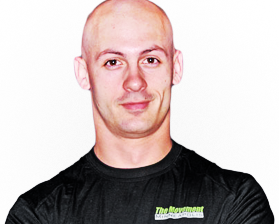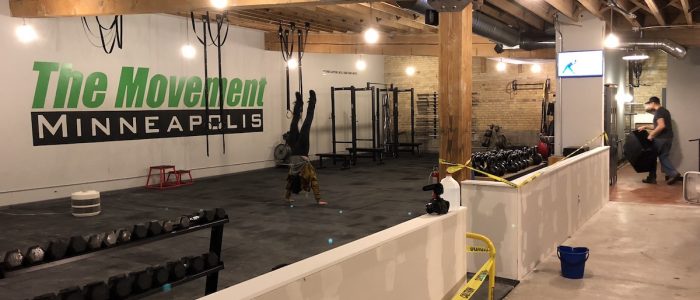
One of our friends stopped over the other day to pick up a load of bread.
Exhausted from a long week of coaching and digging deep into professional book learnings she sat down at our counter and said:
“David, the more I learn about more systems the more intrigued I am about biofeedback.”
It’s an evolution I’ve seen lots of trainers and coaches go through, so I wasn’t surprised to hear it.
There are dozens and dozes of three-letter systems out there all purporting to give you the last piece of the puzzle you’ve been missing all along. Some people think they’ll get out of pain if they learn the next system. Others think they’ll be able to unlock the missing potential and hit that next big PR.
Maybe they will.
Probably they won’t. At most it becomes another tool in the crowded toolbox.
The problem is that none of the systems connect. You can’t reconcile what you learn in one with what you learn in another, which leaves you trying to deduce which is the correct answer using the only overarching system you have – logic – which is ill suited to the task. Someone smarter than I has said “just because it’s logical doesn’t mean it’s physiological.”
Which is why you inevitably end up circling back to biofeedback, that thing you heard about briefly but thought was a little too weird or a little too improbable to follow-up on.
Biofeedback isn’t about giving you more tools, it’s about discerning which tool you should use, and which tools you should put in the trash.
I’ll give a quick example. A couple years ago Jen and I were at a big fitness seminar, and one of the presenters who is very smart and a great presenter was doing his thing and was trying to prove that more stability and rigidity would give greater range of motion. That was his whole thesis and all of the application was built around that idea. Well he had everybody following along and when the great “reveal” came almost everyone in the room had greater range of motion except Jen, right next to me, whose range of motion got worse. I whispered “try closing your eyes, taking a few deep breaths, and shake out the tension.” She did, and immediately had greater range of motion.
Why?
Because Jen was powerlifting heavily at that time, and tends to run pretty high-strung and tense and rigid as it is. The last thing her body needs is more rigidity. She needed to relax, and let tension go.
But you’d never get there if you predicated your whole pursuit on the idea that stability = range of motion.
Remember last week when I talked about association vs causation? Stability is associated with range of motion, but if you start thinking of it in terms of causes or equals, you’re going to have a bad time.
Anyway, this is the mental model and framework that biofeedback provides you. But of course you have to learn how to apply it and then actually do so.
I’m going to be scheduling some dates for workshops over the summer and fall coming up here, let me know if you’re interested. Of course I also teach this in my programs, like Off The Floor and Get Stronger Faster.
And if you need to learn some more three-letter systems before you’re ready? That’s ok too, I’ll be here.




 to this
to this 
